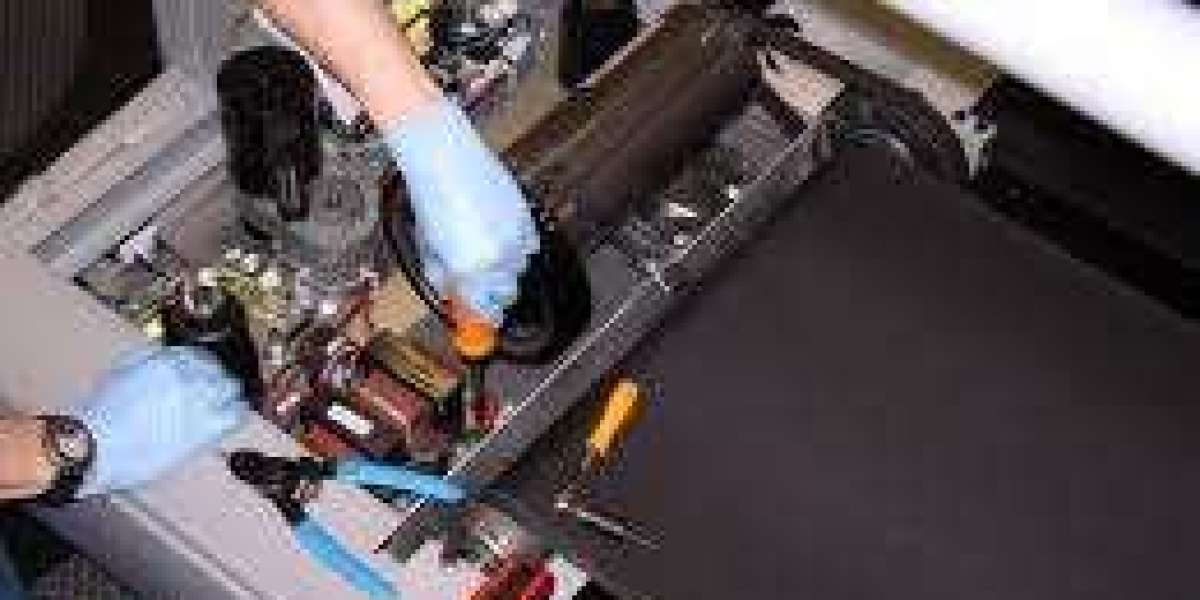Introduction – Why Fitness Equipment Repair Matters
Regular exercise is essential for a healthy lifestyle, but broken or poorly functioning gym machines can disrupt your routine, pose safety risks, and shorten the lifespan of your investment. Whether you own a home treadmill, stationary bike, elliptical trainer, or manage a commercial gym, repairing fitness equipment is a vital part of keeping your workouts consistent and safe.
By understanding common problems, preventive maintenance, and repair techniques, you can extend the life of your machines while saving money in the long run.
Common Fitness Equipment Problems
Over time, even the best workout machines can experience wear and tear. Some of the most common repair issues include:
Treadmills
Belt slipping or sticking
Motor noise or overheating
Console display errors
Uneven running deck
Elliptical Trainers
Squeaking or grinding noises
Resistance not working
Loose pedals or arms
Electronic panel malfunction
Stationary Bikes
Loose crank arms
Worn-out pedals or straps
Resistance system failure
Faulty display screens
Strength Training Machines
Broken cables or pulleys
Weight stack alignment issues
Loose bolts and fasteners
Worn-out pads and upholstery
Signs Your Fitness Equipment Needs Repair
Ignoring small issues can lead to expensive repairs or complete breakdowns. Look out for these warning signs:
Unusual noises during use
Uneven movement or vibration
Resistance changes without input
Display errors or failure to start
Burning smell from motor or components
DIY Repair vs. Professional Service
DIY repairs can be cost-effective for minor issues like tightening bolts, lubricating parts, or replacing batteries in consoles. However, professional repair services are recommended for complex issues involving motors, electronics, or structural components.
Benefits of hiring a professional:
Accurate diagnosis
Access to genuine replacement parts
Expertise in multiple brands and models
Safety assurance
Preventive Maintenance Tips
Regular maintenance can significantly reduce the need for repairs. Here’s what you can do:
Clean regularly – Dust and sweat can damage components.
Lubricate moving parts – Reduces friction and wear.
Inspect cables and belts – Replace if frayed or worn.
Check alignment – Prevents uneven stress on parts.
Tighten bolts – Prevents looseness and accidents.
Choosing a Fitness Equipment Repair Service
When hiring a repair technician, consider:
Experience with your machine type and brand
Positive customer reviews
Availability of parts
Transparent pricing and warranty on repairs
Quick response time
Cost of Repairing Fitness Equipment
The cost depends on the type of equipment and the complexity of the problem.
Minor fixes: $50–$150
Motor replacement: $200–$500
Cable/pulley replacement: $80–$200
Investing in timely repairs can prevent you from spending thousands on a replacement.
Conclusion – Keep Your Workouts on Track
Repairing fitness equipment is not just about fixing problems—it’s about ensuring safety, maintaining performance, and protecting your investment. With regular maintenance and prompt repairs, you can enjoy years of reliable workouts, whether at home or in a professional gym.



